Captain Obvious Returns: Studies Say Ride-Hailing Apps Cause Pollution

As luck would have it, hiring thousands of drivers to cruise around a city in search of their next fare has some negative environmental impacts. That’s the word coming from expert researchers at Carnegie Mellon University, who we can only hope are prepared to tackle similarly impossible quandaries — like establishing what happens to an object when it’s dropped or reaching a final determination on the wetness of water.
The study is inextricably linked to one we covered in 2018 asserting that ride-hailing services actually created more traffic congestion because it treads extremely familiar ground and seems like something that we should have already figured out on our own. But it’s also at odds with the years of messaging we’ve gotten from technology firms that have promised on-demand services (like Uber or Lyft) would usher in a new era of urban transportation striving for clearer roads and cleaner air. Based on little more than the conjecture of executives, we’ve generally accepted ride-hailing as “greener” than the alternatives and it’s well past time that we started actually thinking about it.
Shared by Automotive News, the Carnegie Mellon study suggests that ride-hailing applications add to air pollution for most of the same reasons earlier probes used to determine they also exacerbated traffic congestion. Their convenience often makes them a desirable alternative to public transportation, drawing riders away from subway and bus lines. But they’re not convincing riders to abandon vehicle ownership and frequently require drivers to putter around the city aimlessly as they wait for their next customer.
The above has certainly been true for your truly. Despite living extremely close to most forms of public transportation, the Manhattan Transit Authority (MTA) has become so unreliable that I really only use it when time isn’t an important factor or I want to save some money. Uber often gets my business whenever the weather is inclement or the local parking situation is going to bankrupt me while requiring I leave half an hour early. But the rest of the time I am probably going to opt to drive myself — especially if I’m venturing beyond the confines of New York City.
From AN:
There is some promising news. Researchers at Carnegie Mellon University simulated replacing private vehicle travel with ride-hailing services across six U.S. cities. Because vehicles emit more pollution during “cold starts” and because ride-hailing vehicles tend to be newer, this swapping, as simulated, could spur a 50 to 60 percent decline in emissions.
But there’s a practical downside: Ride-hailing vehicles create about a 20 percent increase in fuel consumption and greenhouse gas emissions because of “deadheading,” the miles driven without paying customers.
That augments findings from MIT and Harvard researchers, who wrote this month that even fleets of all-electric robotaxis would not reduce pollution and, in some cases, may actually create more pollution.
Beyond emissions, the Carnegie Mellon researchers say overall costs associated with traffic congestion, crashes and noise increase by 60 percent with ride-hailing vehicles. These “externality costs” are tripled when ride-hailing replaces public transportation.
The Harvard study recommends continued remote work, increased ride pooling, staggered employee schedules, and ensuring leisure activities occur during off-peak periods. But it still determined that there are a lot of reasons to assume widespread adoption of self-driving taxis could have a negative environmental impact, especially in places where vehicle ownership is a necessity (rural areas) or the market is already oversaturated with traditional taxi services (big cities). Unfortunately, it hinted that central planning and shrewd policy decisions could be the way to mitigate those problems — positing a solution without actually having to give relevant details.
“Limitations notwithstanding, the robustness of our effects leads us to several conclusions,” reads the report’s final paragraph. “First, [autonomous taxis/ATs] can financially compete with [conventional taxis/CTs]. Our model estimates that CT-to-AT substitution represents a viable pathway towards addressing technical inefficiencies and public health concerns surrounding gasoline use. Second, we document that the inability of ATs to achieve cost parity with [personal vehicles] may not preclude the realization of negative energy externalities. Third, we show that the magnitude of these outcomes depends on key interactions and dependencies between supply-demand matching inefficiencies and homogeneity in trip timing behavior. Finally, we document specific pathways and the requisite thresholds required to reduce energy consumption and emissions. Leveraging these pathways is — we believe — key to fostering greater environmental stewardship absent impediments in economic mobility.”
But the more pertinent concern should be that ride-hailing services are discouraging people from using mass transit and there was a joint paper, published this week by researchers from the University of North Carolina and the University of Michigan, tackling exactly that. Entitled Transit’s downward spiral: Assessing the social-justice implications of ride-hailing platforms and COVID-19 for public transportation in the US, the paper suggests that the Uber’s of the world are effectively creating a situation where declining ridership has made it impossible for cities to maintain subway systems and bus fleets. While I would argue that city mismanagement has also played a factor — as my subway stop has been remodeled to look lovely but the trains are never on time — the general argument remains valid whether or not you bother to entertain the social justice or pandemic-related aspects included in the article.
This one is tough for me because all the above research papers have correctly identified that ride-hailing (autonomous or otherwise) is bound to exacerbate pollution and traffic congestion. But the proposed solutions are frequently overbearing and sometimes encourage laws that would limit when and how people drive. We should also be curious as to the tangible environmental harm associated with these issues. While a 20-percent increase in vehicle emissions stemming from ride-hailing certainly sounds unsavory, how does it impact our planet vs something like using massive tanker ships to import oil into the country? Would transitioning toward nuclear power and/or renewable energy sources be able to offset these problems? And what about the economic fallout from micromanaging traffic vs taking a totally hands-off approach?
While those questions are explored in some of the aforementioned research articles, none of them stick their neck out to make definitive assertions. But those still seem like the questions we should probably be answering. Because it should have already been obvious to people that ride-hailing companies were clogging up metropolitan roads and emitting greenhouse gasses. We need to decide if what is worth tolerating and establish the ramifications of taking one course of action over another. Otherwise, we’re bound to make stupid decisions subsequent generations will have to contend with and may ultimately despise us for.
[Image: Jonathan Weiss/Shutterstock]

A staunch consumer advocate tracking industry trends and regulation. Before joining TTAC, Matt spent a decade working for marketing and research firms based in NYC. Clients included several of the world’s largest automakers, global tire brands, and aftermarket part suppliers. Dissatisfied with the corporate world and resentful of having to wear suits everyday, he pivoted to writing about cars. Since then, that man has become an ardent supporter of the right-to-repair movement, been interviewed on the auto industry by national radio broadcasts, driven more rental cars than anyone ever should, participated in amateur rallying events, and received the requisite minimum training as sanctioned by the SCCA. Handy with a wrench, Matt grew up surrounded by Detroit auto workers and managed to get a pizza delivery job before he was legally eligible. He later found himself driving box trucks through Manhattan, guaranteeing future sympathy for actual truckers. He continues to conduct research pertaining to the automotive sector as an independent contractor and has since moved back to his native Michigan, closer to where the cars are born. A contrarian, Matt claims to prefer understeer — stating that front and all-wheel drive vehicles cater best to his driving style.
More by Matt Posky
Latest Car Reviews
Read moreLatest Product Reviews
Read moreRecent Comments
- Zerofoo The green arguments for EVs here are interesting...lithium, cobalt and nickel mines are some of the most polluting things on this planet - even more so when they are operated in 3rd world countries.
- JMII Let me know when this a real vehicle, with 3 pedals... and comes in yellow like my '89 Prelude Si. Given Honda's track record over the last two decades I am not getting my hopes up.
- JMII I did them on my C7 because somehow GM managed to build LED markers that fail after only 6 years. These are brighter then OEM despite the smoke tint look.I got them here: https://www.corvettepartsandaccessories.com/products/c7-corvette-oracle-concept-sidemarker-set?variant=1401801736202
- 28-Cars-Later Why RHO? Were Gamma and Epsilon already taken?
- 28-Cars-Later "The VF 8 has struggled to break ground in the increasingly crowded EV market, as spotty reviews have highlighted deficiencies with its tech, ride quality, and driver assistance features. That said, the price isn’t terrible by current EV standards, starting at $47,200 with leases at $429 monthly." In a not so surprising turn of events, VinFast US has already gone bankrupt.
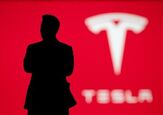

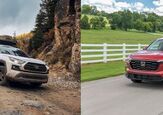
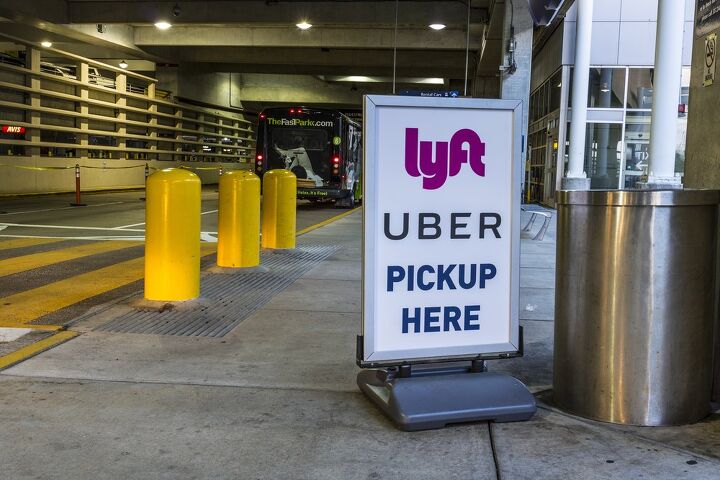













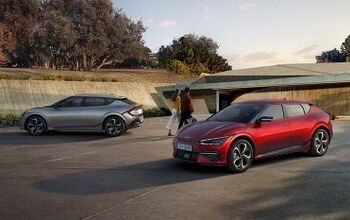
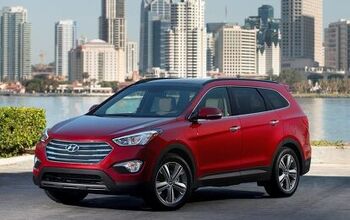

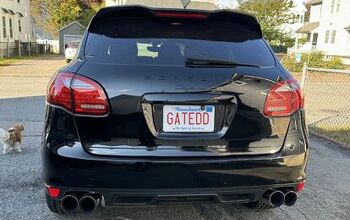
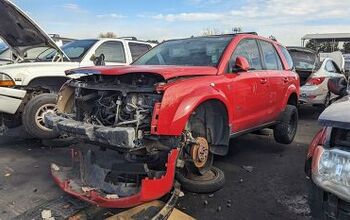
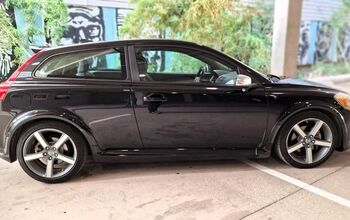
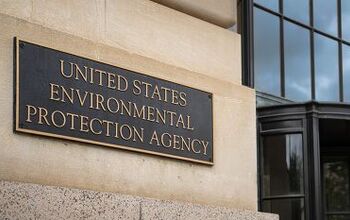
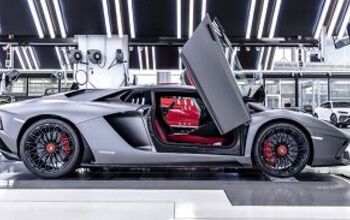
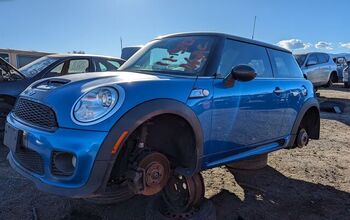

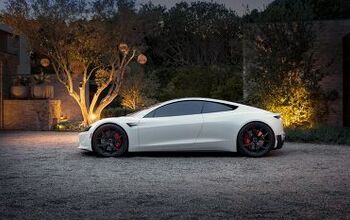
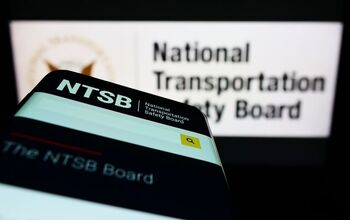

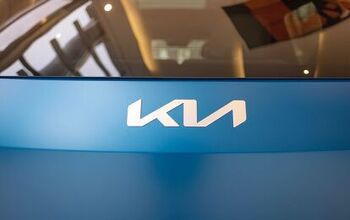
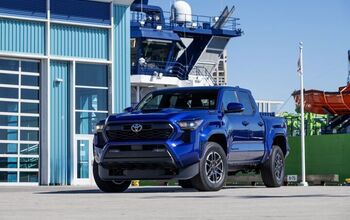
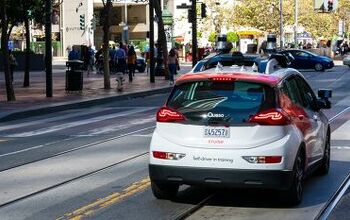
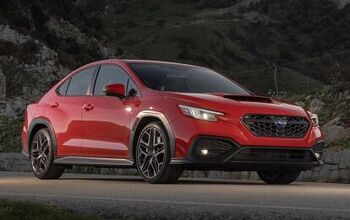
Comments
Join the conversation
"...it hinted that central planning and shrewd policy decisions..." LOL. When have those two ever happened at the same time?
I moonlighted as an Uber driver for about a year and a half. It was fun, but I immediately recognized a problem that, should you voice that concern in a collective setting of drivers, you'll immediately get head bashed. Lyft and Uber do not limit the number of drivers in each geographic area. They're both equally hellbent on the fastest response times to passengers, and they flood their markets with drivers. This causes excessive amounts of vehicles on the road during any driving time, but the number of people seeking to use the services might not actually support having that number of drivers. Since neither outfit pays their drivers if they're not giving someone a ride actively, there's no harm or foul for the ride hailing service. I see one way to help the problems that these services are creating would be to limit the number of livery licenses each service is allowed to endorse in the states that require them. Most of the cities that suffer from the highest congestion rates require livery licenses and insurances for drivers to operate under Lyft or Uber's umbrella, just as it would a taxi driver. From what I'm seeing here locally, a car with a TAXI sign will pull up when I've requested an Uber. The driver has a meter, a Lyft phone, and an Uber phone. They're maximizing their time.